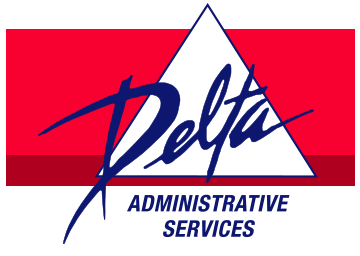As we approach the new year, it's crucial to stay informed about the latest developments…
COVID-19 Update April 6, 2021
The U.S. Internal Revenue Service has issued guidance for employers claiming the Employee Retention Credit under the Coronavirus Aid, Relief, and Economic Security Act, modified by the Taxpayer Certainty and Disaster Tax Relief Act of 2020. Under the Relief Act, eligible employers can claim a refundable tax credit against the employer share of Social Security tax equal to 70% of the qualified wages they pay to employees after Dec. 31, 2020, through June 30, 2021.
The maximum employee retention credit available is $7,000 per employee per calendar quarter, for a total of $14,000 for the first two calendar quarters of 2021. Employers can access the employee retention credit for the first two calendar quarters of 2021 prior to filing their employment tax returns by reducing employment tax deposits. Small employers, defined as those with an average of 500 or fewer full-time employees in 2019, may request advance payment of the credit, subject to certain limits, on Form 7200, Advance of Employer Credits Due to Covid-19, after reducing deposits. Larger employers will not have access to advances.
Highlights:
- Page 7 describes what documentation an employer should maintain when determining a decline in gross receipts, including whether an employer used the standard calendar quarter measurement or the alternative/preceding calendar quarter option.
- The IRS emphasizes on page 2 that section 207 of the December legislation “is prospective only”.
- IRS confirmed that, unless the CAA changed something for Q1 and Q2, then the guidance in Notice 2021-20 (released on March 1) still applies in Q1/Q2 (in addition to continuing to apply to ERTC claims with respect to 2020).
- The IRS says they’ll issue guidance on the ERTC changes made by ARPA in the future.
The IRS also cleared up an issue about benefit account reimbursements for nonprescription, over-the-counter personal protective equipment (PPE) that has been a source of confusion since the start of the COVID-19 pandemic, provided that the taxpayer’s total medical expenses exceed 7.5% of adjusted gross income. As tax-deductible expenses, the amounts paid for PPE are also eligible to be paid or reimbursed under health flexible spending arrangements (health FSAs), health savings accounts (HSAs), or health reimbursement arrangements (HRAs). However, if an amount is paid or reimbursed under a health FSA, HSA, HRA, or any other health plan, it is not deductible for tax purposes. Separately, the IRS delayed until May 17 the deadline to make 2020 prior-year contributions to HSAs and other individually owned tax-advantaged accounts.
Furthermore, we’ve received updated info about the American Rescue Plan, along with details from the US Chamber of Commerce on Biden’s American Jobs Plan that passed the House is headed over to the Senate.
People who are fully vaccinated against the Coronavirus can safely resume some travel, so long as they wear a mask in public and take certain other precautions, according to updated guidance from the CDC. The Office of the Governor and the Louisiana Department of Health released updated guidelines on workplace safety for what to do with those who have or haven’t been vaccinated. However, employers may want to hold off on updating their travel policies as COVID-19 cases continue to rise. Additionally, GNO, Inc. announced a Shuttered Venue Operators Grant for our struggling hospitality/tourism-dependent businesses.
President Biden has allowed his predecessor’s H-1B visa ban blocking temporary foreign workers from coming into the United States to expire on March 31. An interim policy allowing virtual document-inspection methods for Form I-9 has been extended by U.S. Immigration and Customs Enforcement (ICE) until May 31. The provision initially applied only to employers and workplaces that were operating completely remotely because of the public health crisis, but ICE is now offering more flexibility for companies that are bringing employees back to the office.
